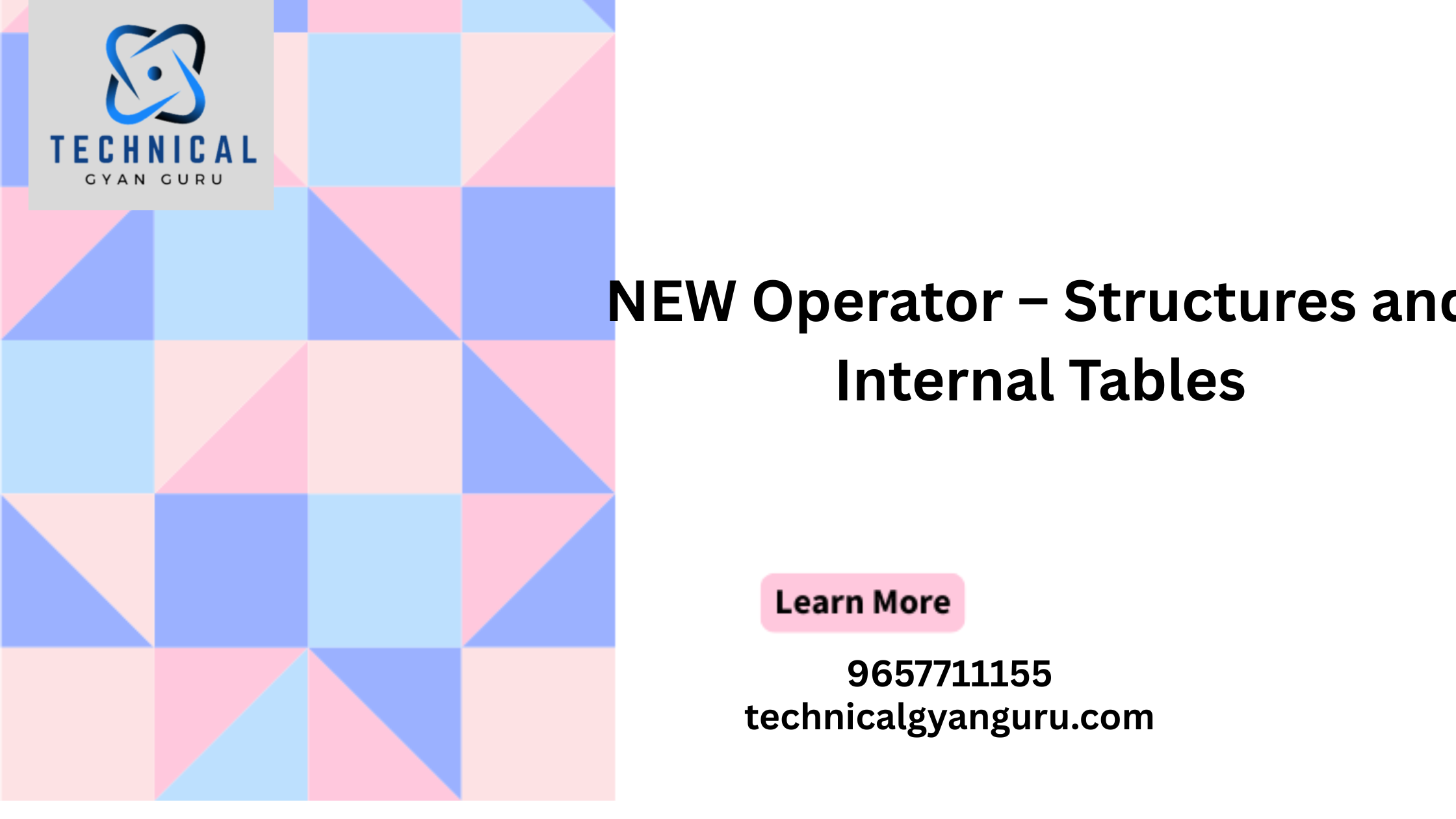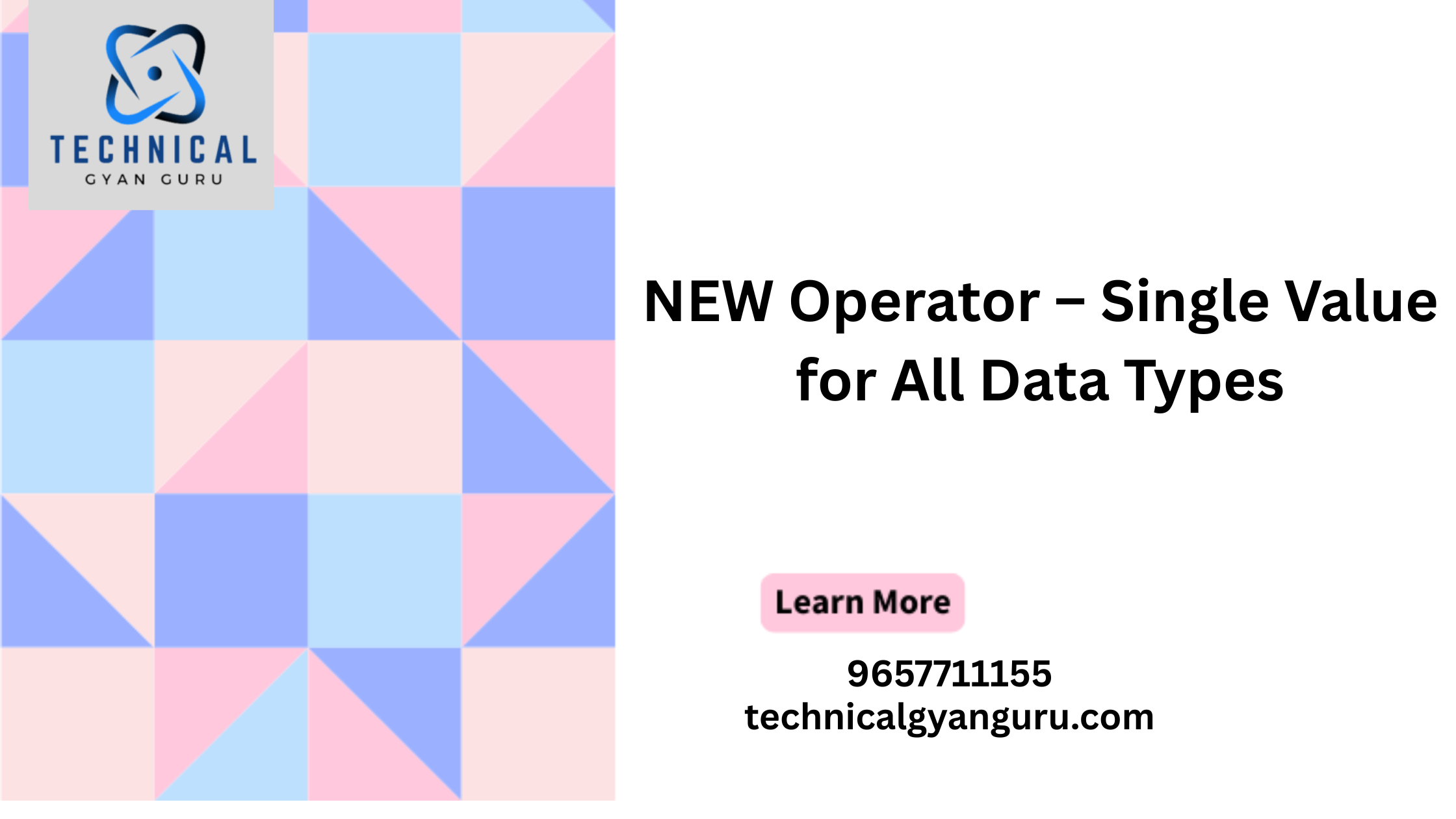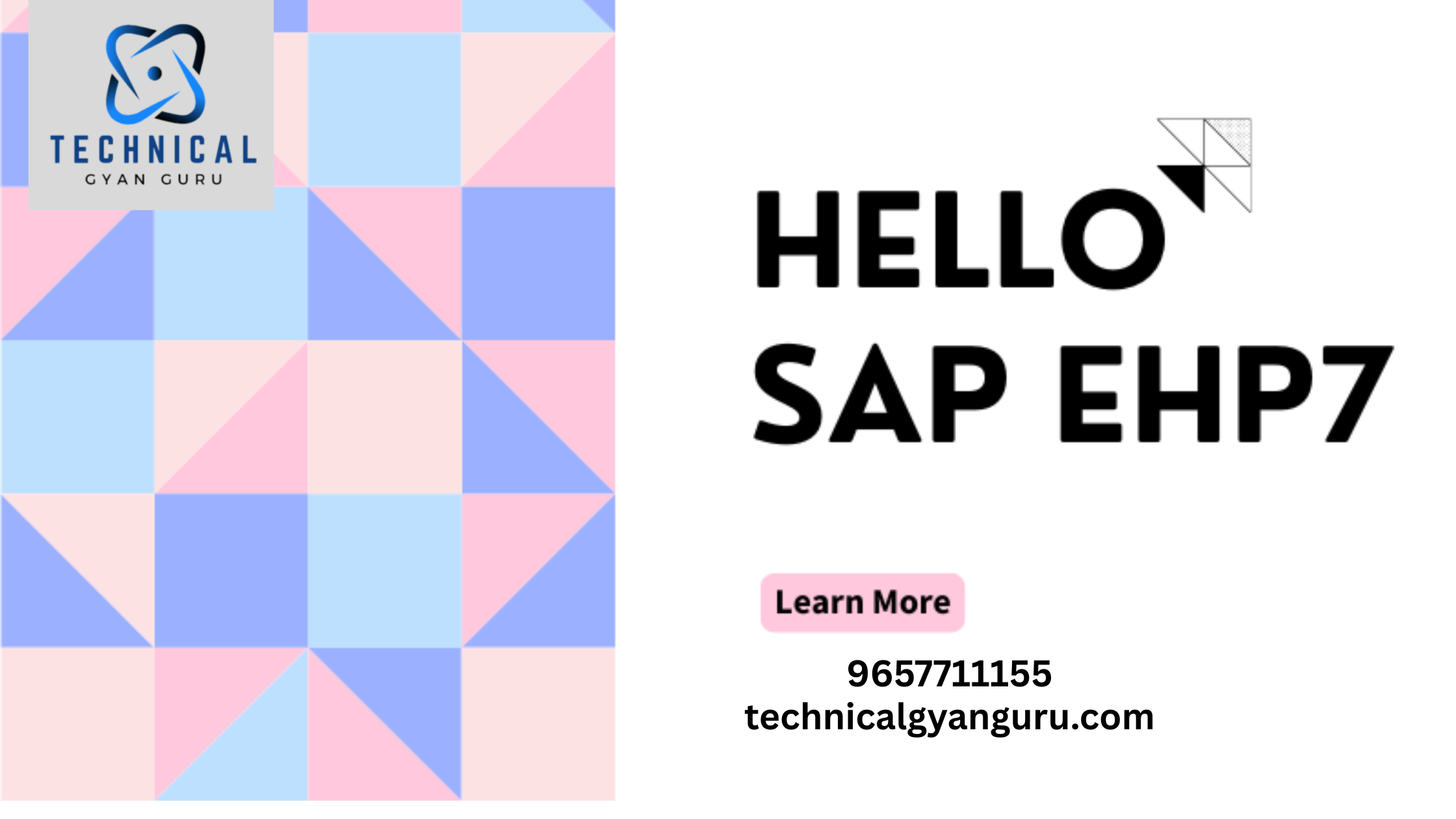
Introduction: In today’s competitive business landscape, cultivating strong customer relationships is paramount to success. SAP Cloud for Customer (C4C) emerges as a powerful solution that equips organizations with the tools they need to enhance customer engagement, streamline operations, and drive growth. In this blog post, we’ll embark on a journey to introduce you to SAP C4C, understanding its significance, key features, and how it transforms the way businesses manage their customer interactions.
Understanding SAP Cloud for Customer
SAP C4C is a comprehensive cloud-based customer relationship management (CRM) platform designed to empower businesses of all sizes across various industries. It offers a holistic suite of functionalities that enable organizations to manage sales, service, marketing, and commerce operations seamlessly, all within a single unified platform. SAP Cloud for Customer
Key Features and Benefits
- 360-Degree View of Customers: SAP C4C provides a centralized repository of customer information, enabling businesses to gain a comprehensive view of their customers’ interactions, preferences, and history.
- Sales Excellence: Empower your sales teams with tools for lead management, opportunity tracking, and sales forecasting, ensuring they are equipped to close deals efficiently.
- Efficient Service Management: SAP C4C streamlines service operations with tools for incident management, case resolution, and knowledge base creation, leading to improved customer satisfaction.
- Integrated Marketing: Seamlessly plan, execute, and analyze marketing campaigns using SAP C4C, fostering personalized and targeted interactions with your audience.
- E-Commerce Capabilities: SAP C4C offers e-commerce functionalities that enable businesses to manage online stores, catalogs, and orders, creating a comprehensive customer experience.
- Real-time Analytics: Gain insights into customer data and performance metrics through interactive dashboards and reports, facilitating data-driven decision-making.
- Mobile and Offline Access: Enable your teams to stay connected and productive on the go with SAP C4C’s mobile and offline capabilities. SAP Cloud for Customer
Implementing SAP C4C
Implementing SAP C4C involves a strategic approach that aligns with your organization’s goals and processes. The process includes stages such as planning, configuration, data migration, integration, and user training.
Customization and Flexibility
SAP C4C’s flexibility allows organizations to tailor the platform to their specific needs. Customization options include configuring fields, forms, workflows, and user interfaces to align with unique business processes.
Security and Compliance
SAP C4C prioritizes data security and compliance, providing features such as role-based access control, data encryption, and adherence to industry standards and regulations.
What is SAP Hybris cloud for customer C4C?
SAP Hybris Cloud for Customer” (C4C), now known as “SAP Sales Cloud,” is a cloud-based customer relationship management (CRM) solution developed by SAP, a global software company. It is designed to help businesses manage their sales, customer service, marketing, and social media interactions in a unified and integrated manner. SAP Cloud for Customer
Key features of SAP Sales Cloud (formerly SAP Hybris C4C) include:
- Sales Management: Provides tools to manage sales processes, track leads, opportunities, and quotes, and analyze sales performance.
- Service Management: Enables customer service teams to efficiently manage and resolve customer inquiries, issues, and service requests.
- Marketing: Offers tools for campaign management, lead generation, and marketing analytics.
- Social Media Integration: Integrates with social media platforms to monitor and engage with customers on social channels.
- Mobile Accessibility: Supports mobile devices, allowing sales and service teams to access customer information and perform tasks on the go.
- Analytics and Reporting: Provides insights and reporting capabilities to analyze customer data, track performance, and make informed business decisions.
- Integration: Can be integrated with other SAP solutions, as well as third-party applications, to streamline business processes and data flow.
- User-Friendly Interface: Offers an intuitive and user-friendly interface that enhances user adoption and productivity.
- Customization and Configuration: Allows businesses to tailor the system to their specific needs through customization and configuration options.
It’s important to note that SAP’s product offerings and naming conventions may have changed since my last update. If you’re looking for the most up-to-date information about SAP’s CRM solutions, I recommend visiting SAP’s official website or contacting their sales representatives.
Conclusion
SAP Cloud for Customer (C4C) marks a significant step forward in redefining how businesses engage with their customers. With its comprehensive suite of features, seamless cloud-based infrastructure, and commitment to customer excellence, SAP C4C equips organizations to navigate the modern customer-centric landscape. As we delve deeper into the world of SAP C4C, we’ll explore its various modules and functionalities in greater detail, empowering you to harness its full potential and drive your organization’s success. Stay tuned for the next installment in our series as we uncover the intricacies of SAP C4C’s sales and marketing capabilities.







